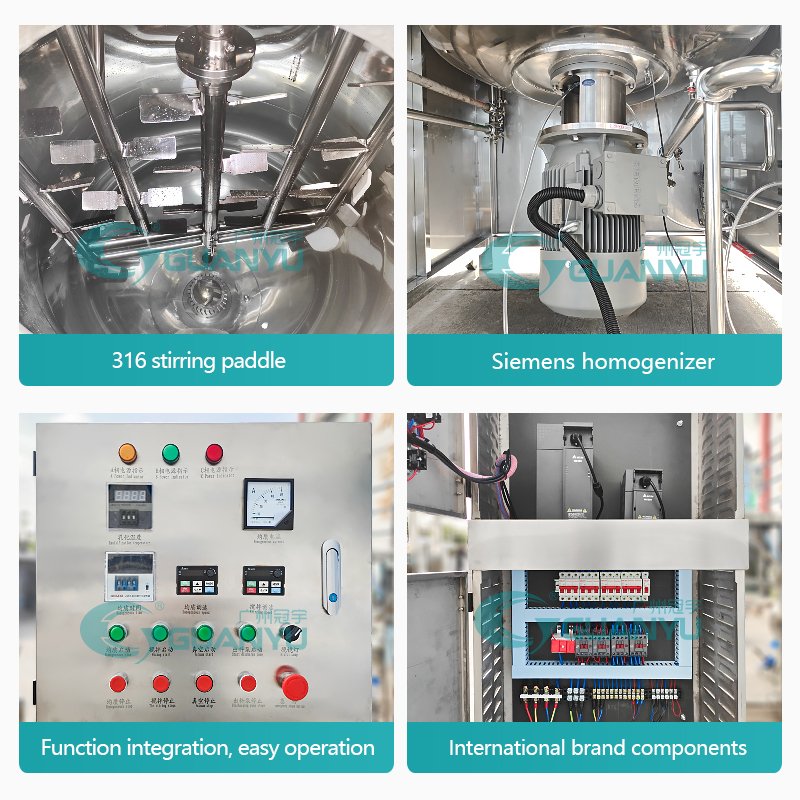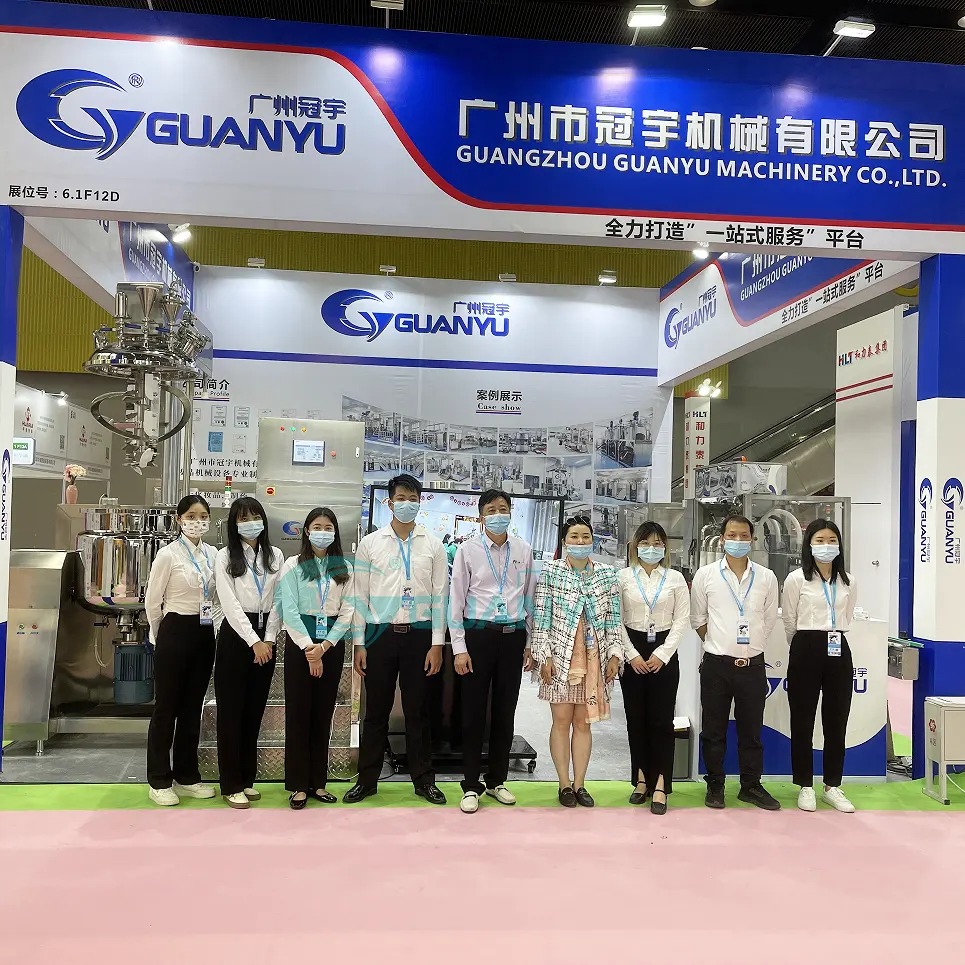简介 混合罐
混合罐是辣椒酱生产的关键部件, 确保成分混合均匀,以获得一致的高品质产品. 这些罐的设计目的是通过提供一个可有效混合成分的受控环境来促进混合过程. 混合罐背后的基本原理围绕着机械搅拌的使用, 不断搅拌成分, 在整个生产周期中保持均匀的混合物.

混合罐的功能对于冷却酱的稠度至关重要. 它们配备有产生涡流的混合器或搅拌器, 从罐的顶部和底部吸取成分以确保均匀分布. 这个过程对于保持所需的味道至关重要, 质地, 和酱汁的外观, 如果成分没有充分混合,可能会受到影响.
有多种类型的混合罐可供选择, 每个都有自己的优点和缺点. 不锈钢储罐因其耐用性而受到广泛青睐, 耐腐蚀性, 和易于清洁. 这些罐体特别适合大规模生产, 因为它们可以承受高温和压力. 塑料罐, 另一方面, 更具成本效益且更轻, 使它们更容易运输和处理. 然而, 它们可能不如不锈钢罐耐用或耐某些化学品. 玻璃水箱提供出色的视野, 允许操作员直观地监控混合过程. 它们也具有化学惰性, 这使得它们适合某些类型的酱汁, 但它们很容易破损,可能不适合大批量生产.
混合罐的尺寸和容量也是需要考虑的关键因素. 应根据生产需要确定合适的储罐尺寸,以避免利用率不足或超载, 这会影响混合过程的效率. 尺寸合适的罐可确保有效混合并简化生产过程, 最终产生高品质的辣椒酱.
使用混合罐生产辣椒酱的好处
混合罐为辣椒酱的生产提供了众多优势, 显着提高制造过程的效率和质量. 主要好处之一是提高混合效率. 混合罐的设计确保成分充分混合, 这对于实现辣椒酱的复杂风味和质地特征至关重要. 先进的混合机制, 例如高剪切混合器和搅拌器, 确保香料均匀分布, 辣椒, 和其他组件, 产生始终如一的高质量产品.
另一个关键优势是 温度控制. 混合罐配备温度调节系统,可在烹饪和保存阶段保持最佳温度. 这种精确的控制对于风味的发展至关重要, 因为它可以让成分完美融合, 增强酱汁的味道. 此外, 保持适当的温度对于食品安全至关重要, 因为它有助于抑制细菌生长并随着时间的推移保持酱汁的质量.


可伸缩性 是混合罐提供的另一个显着优势. 这些罐体可以持续大批量生产辣椒酱, 使它们成为商业生产的理想选择. 在不牺牲质量的情况下扩大生产的能力确保制造商能够有效地满足市场需求. 这种可扩展性由监控和调整生产过程的自动化系统提供支持, 确保一致性并减少人为错误的可能性.
这卫生设计 混合罐的数量也是一个值得注意的好处. 这些水箱采用易于清洁和消毒的材料制成, 降低污染风险. 光滑表面等特征, 卫生洁具, 和就地清洁 (CIP) 系统有助于彻底清洁, 确保生产环境卫生并符合食品安全标准.
最后, 这定制 混合罐的可用选项进一步增强了其在辣椒酱生产中的实用性. 储罐可以配备自动控制等附加功能, 简化生产流程并提高一致性. 可定制的选项允许制造商根据其特定需求定制储罐, 优化生产效率并确保最终产品符合质量标准.
混合罐的主要特点和维护
说到生产高品质的辣椒酱, 混合罐的特点起着举足轻重的作用. 最关键的方面之一是 混合速度. 调节混合速度的能力确保成分混合均匀, 防止最终产品的不一致. 变速控制允许操作员微调过程, 满足不同的配方和成分粘度.
温度控制 是另一个重要特征. 用于冷酱, 保持最佳温度对于保持风味和质地至关重要. 混合罐配备集成加热和冷却系统,可提供精确的温度管理, 确保酱汁既不会煮过头,也不会加工不足. 在处理可能改变酱汁味道的温度敏感成分时,这一点尤其重要.
稳健的存在 搅动机制 对于实现均匀混合是必不可少的. 鼓动者, 是否是叶轮, 桨, 或涡轮机, 必须设计成能够产生足够的湍流以彻底混合成分. 这些机制的有效性直接影响辣椒酱的一致性和质量.
安全功能对于混合罐同样重要. 泄压阀 和 适当的密封 对于防止污染和确保储罐安全运行至关重要. 这些组件有助于管理压力波动并防止泄漏, 保护产品和操作人员.
维护混合罐对于延长其使用寿命和确保一致的酱料质量至关重要. 常规的 清洁协议 对于防止残留物堆积和细菌污染至关重要. 储罐使用后应立即清洗, 使用食品级清洁剂. 此外, 进行 例行检查 可以识别磨损迹象, 允许及时维修或更换. 实施一个 故障排除指南 对于常见问题, 例如混合不均匀或温度不一致, 可以帮助运营商快速解决问题, 最大限度地减少停机时间.
总之, 用于辣椒酱生产的混合罐的功能和寿命取决于混合速度等关键特征, 温度控制, 和有效的鼓动机制. 加上严格的维护实践, 这些要素确保了高品质辣椒酱的稳定生产, 满足安全标准和消费者期望.

